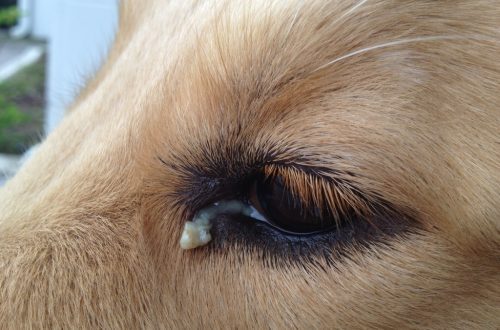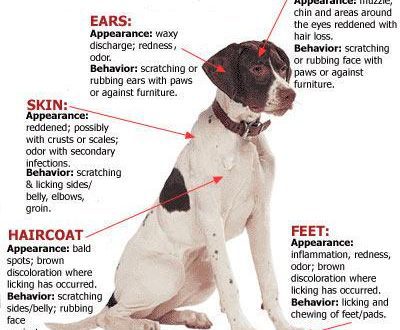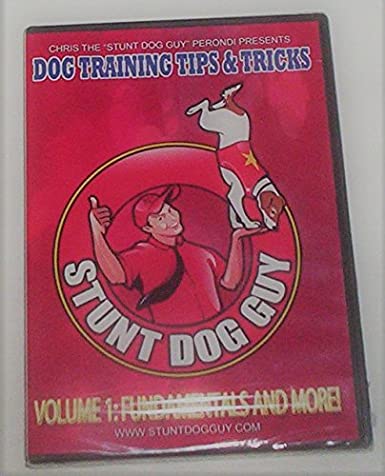
Fundamentals of stunt dog training
Trick training is a very useful thing. Here, the pet is not required to meet some strict criteria, as when passing the standards, but the game is the basis. Trick training develops the dog’s intelligence, self-confidence, and since it is a game that is fun for both you and the animal, your relationship improves. How to teach a dog tricks?
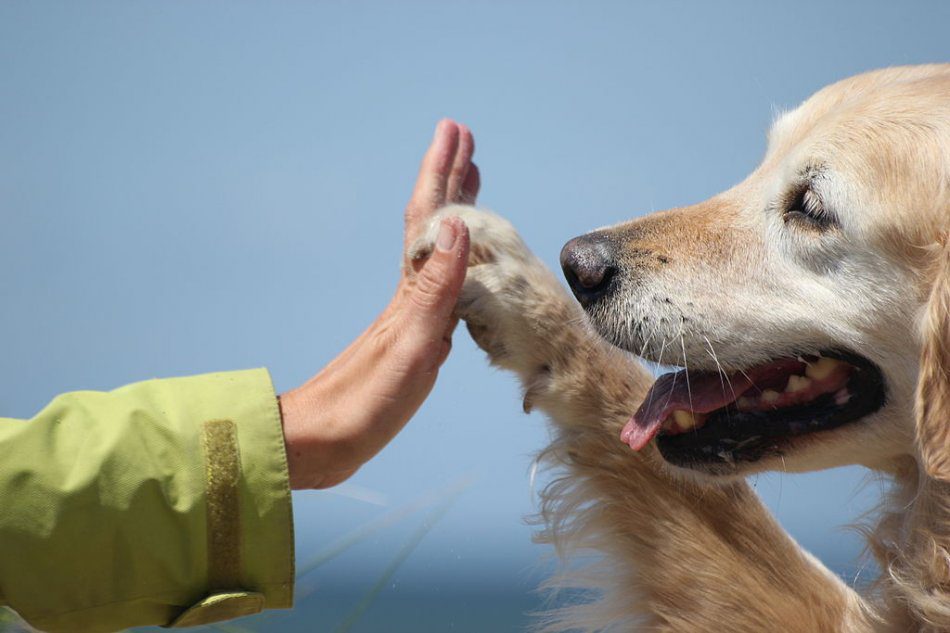
Photo: wikimedia.org
Above all, it is important that learning tricks is fun and fun for both you and the dog. Therefore, trick training should be based solely on positive reinforcement. In this case, the dogs become cheerful, energetic, precise, obedient and able to perfectly execute any commands. We give the dog a chance to win (again and again), consciously interact with us and control his part of the work.
Contents
What can be a reward for a dog in trick training?
Many people think that encouragement is always a treat. This is true, but not quite. Reward is what the dog wants at the moment. When teaching a dog tricks, rewards can be:
- Delicacy. Benefits: Can be dispensed almost instantly and all dogs love delicious food. It is important, however, to choose what your dog likes, as everyone’s tastes are different. The treat should be soft, and the pieces should be of such a size that the pet swallows them quickly, without wasting time chewing.
- Toy. It is better to use the toy when the dog has already understood what is required of it, that is, to consolidate the skill. Also keep in mind that toys excite the dog.
- Weasel. Positive human emotions allow the pet to switch to some extent from the task that he was performing, but at the same time they excite the dog. Petting can be used as a reward when the dog knows exactly what you wanted from him and is happy to perform the trick. You can also use caress, for example, during breaks, when you feel that your four-legged friend is starting to get tired.
- Game with the owner (for example, constriction). This is more valuable than just an abandoned toy, because here a person is included in the interaction, and the dog gets much more pleasure. Of course, playing with the owner will be rewarded if the dog, in principle, likes to play with him.
Is verbal praise necessary in trick dog training? Watch how to pronounce it! If you sadly and quietly repeat “Good dog …” – then it is unlikely that the pet will understand that you are happy with it.
Dogs are attracted to enthusiastic sounds, and it’s important to praise your dog in a way that makes him look at you, wag his tail, and smile—this means he’s accepted the praise.
And keep in mind that different dogs react differently to the intensity of praise, and it’s enough for someone to calmly say that your pet is doing well, but for someone you will have to do your best: demonstrate stormy joy.
Important ingredients for success in trick dog training
In trick training, as in any dog training, it is very important to mark the correct actions at the right time. And it will probably be convenient to use a clicker for this.
It is unacceptable to use inhumane methods in trick dog training, including the use of inhumane ammunition.
Sometimes owners say, “I’ve tried positive reinforcement, but it doesn’t work!” However, in each case, behind this lie the mistakes of the trainer himself.
The main mistakes in trick dog training:
- Incorrectly chosen reward (at the moment the dog does not want what you offer).
- No plan. You must always keep in mind the next step that you will reinforce.
- Reinforcements at the wrong time. In this case, the dog simply does not understand what you are rewarding it for, which means it will not learn what you expect from it.
- Extra movements that prevent the dog from understanding what you want from him.
- Too difficult a task. The dog either needs more training, or you should break the task down into a few simpler steps.
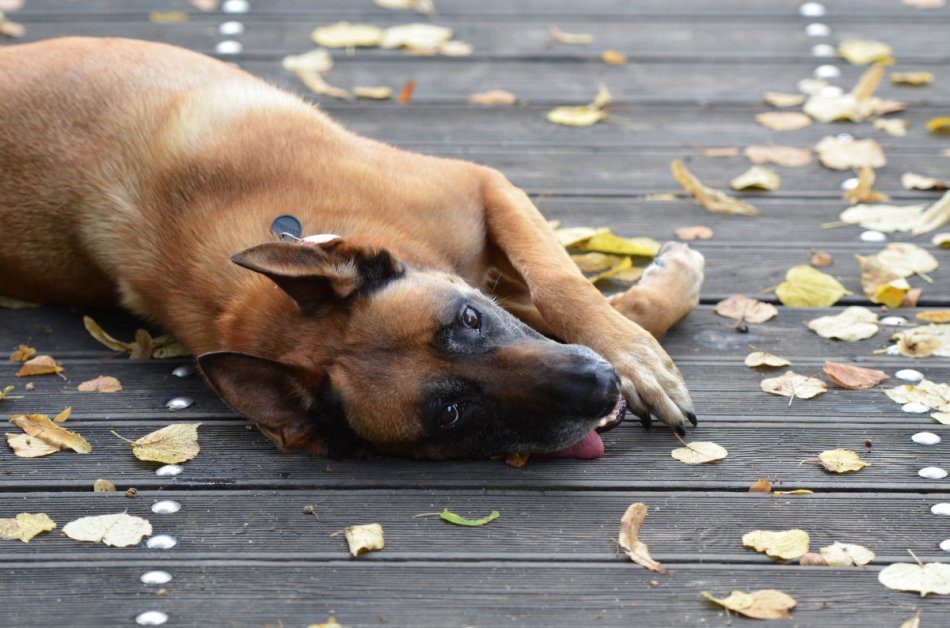
Photo: www.pxhere.com
Don’t get discouraged if something goes wrong.
If the dog did a great job yesterday, but doesn’t do it at all today, take a step or a few steps back. And if something doesn’t work out at all, sometimes it’s good to give both yourself and the dog a time-out and come back to the planned trick later.
Necessary conditions for trick dog training
To teach your dog new tricks, a number of conditions must be met:
- The dog must be hungry. This does not mean that it can not be fed for several days. It is enough, for example, if you work out in the morning, give 30-50% of the serving in the morning, and feed the rest during the lesson. But a strong feeling of hunger is stressful for the dog, she will only think about how to get food, and will not be able to concentrate on classes.
- Familiar placeto make the dog feel comfortable.
- No irritants (if possible). In a new place with a lot of irritants, it is more difficult for a dog to concentrate.
- The dog must be walking but not tired.
- Availability plan.
- Accounting for individual characteristics dogs.
To achieve your dog training goals, the following conditions must be met:
- Smooth increase in requirements. If you see that the skill is starting to work out, increase the requirements just a little and see if the dog is ready to move to the next level.
- Appropriate level of difficulty.
- Changing the way of reinforcement. For example, if you are teaching a dog by holding a piece to his nose, then when he is already starting to master the skill, try to “lead” him on an empty hand, and give out a treat from the other.
- Work volume control. Let your dog rest before he gets tired and loses interest in activities.
The most important thing is not to forget that classes should be good for you and the dog.
Keep in mind that many tricks require serious physical training, since they suggest a not quite natural position of the dog’s body in space. In ordinary life, dogs are unlikely to walk on three legs or jump with a 180-degree turn. And before you teach your dog a new trick, you should make sure that he is sufficiently developed physically and coordinated. Sometimes preparatory exercises are needed.
Safety precautions for stunt dog training
It is important that in the process of training the dog is not injured. To avoid injury, you must follow the safety precautions when teaching your dog tricks.
- Consider age restrictions. For example, in no case should you offer a puppy, whose bones and muscles have not yet formed, to do “Bunny”.
- Never work on slippery surfaces.
- Do not work on hard, hard surfaces (e.g. asphalt).
- Protect your dog. If she loses her balance, you need to support her.
How to start teaching dog tricks
As a rule, stunt dog training begins with getting to know the targets. It could be:
- Palm target.
- Cover target.
- Pointer target.
The dog may touch the target with its nose, paws, or other parts of the body, depending on the trick.
At the same time, it is important to teach the dog to follow the hand, but not to constantly poke its nose into it. After all, when you teach your pet to move backwards from you on the “Back” command, for example, you don’t need it at all to lean forward, sticking its nose into your hand.
As a rule, the first and easiest tricksthat the dog masters are as follows:
- rotation around its own axis.
- Complex “Sit – stand – lie down” (in various sequences and combinations).
- snake.
- Give me a paw.
- Backward motion.
- Somersaults.
Even a puppy can be taught these tricks.
Useful for teaching dog tricks shaping. Most likely, the dog in the process of training will offer you new tricks or make additions to existing ones – and you may like these innovations.
From single tricks you can create bundles and real circus numbers. The limit here is your imagination and the physical capabilities of the dog.




